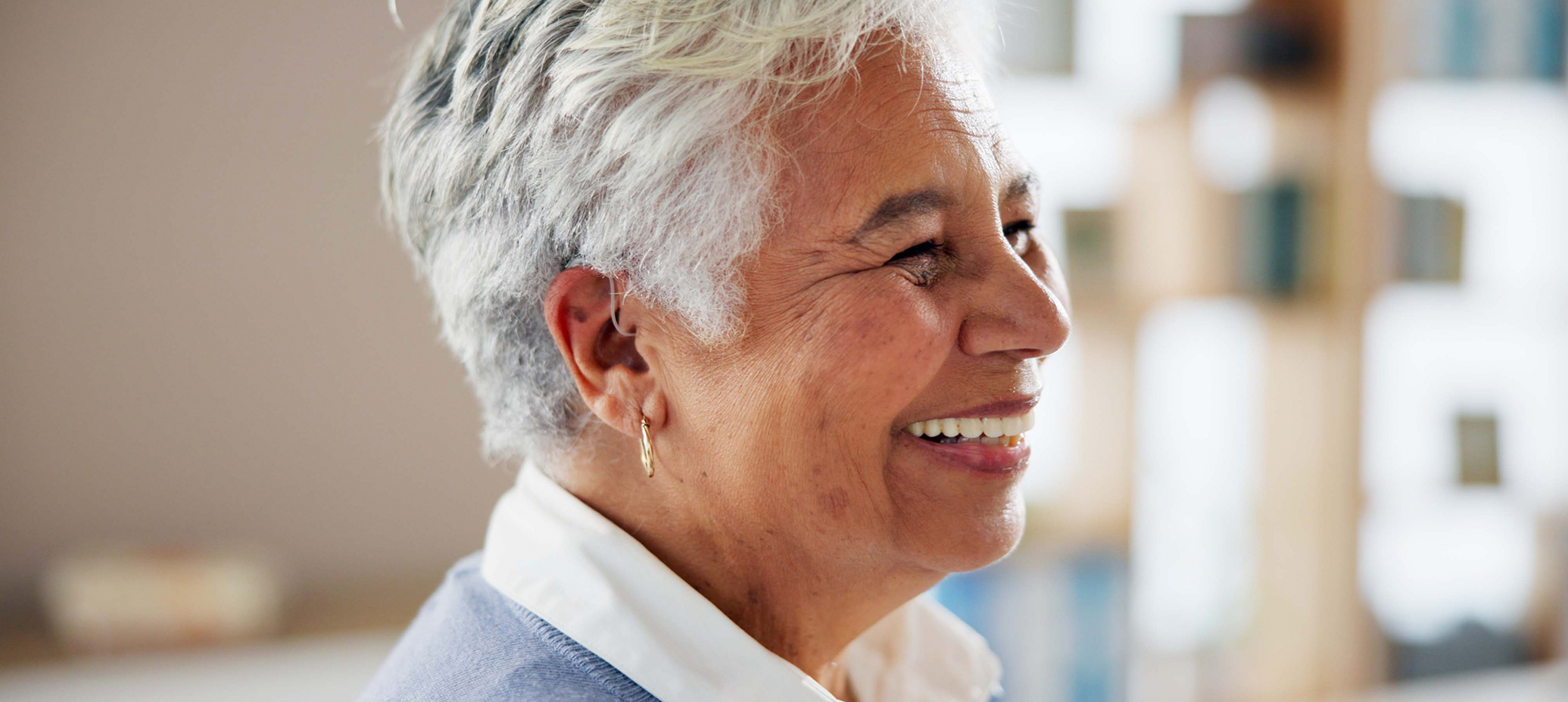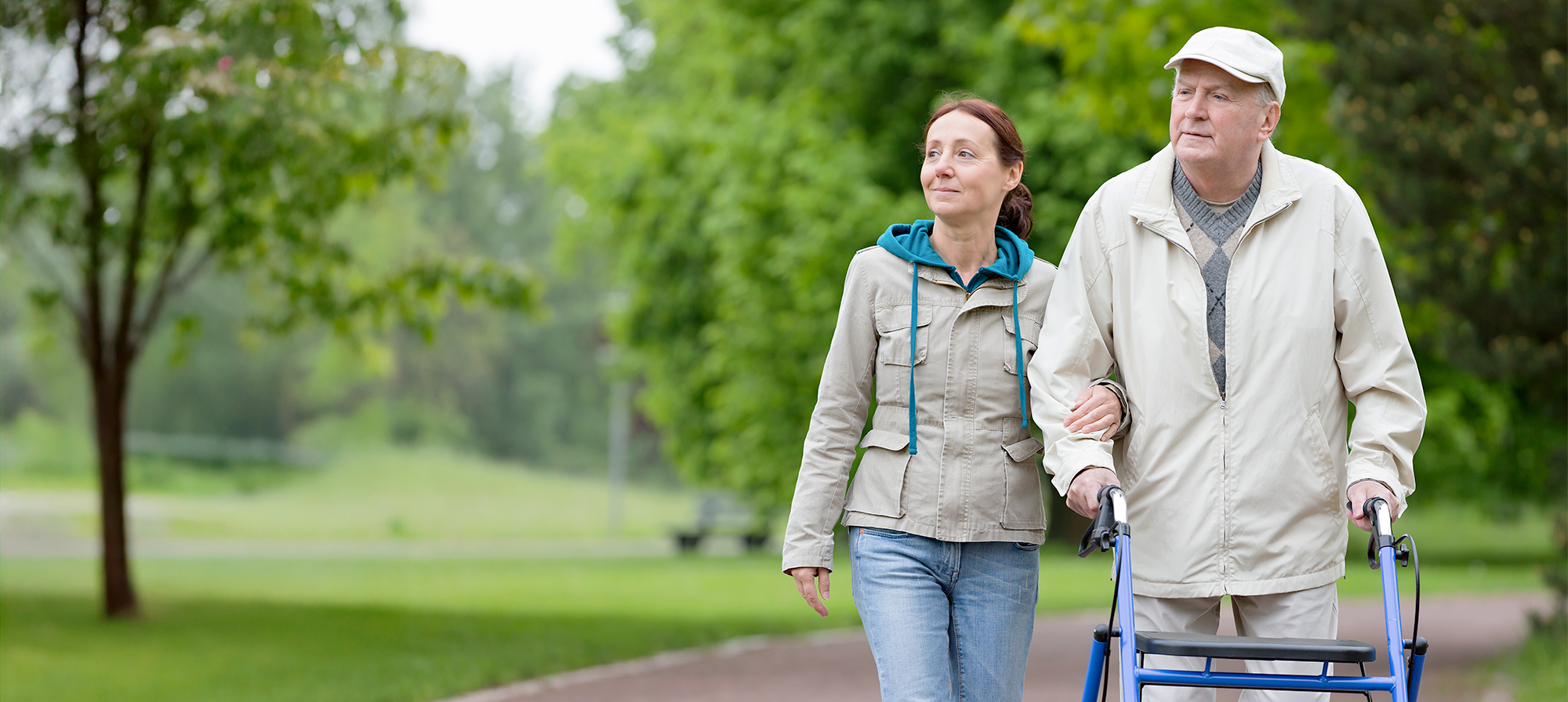Feeling lonely lately? You’re not alone. An epidemic of loneliness and isolation has taken root in this country. It’s a problem that’s been around and growing—even before the COVID-19 pandemic hit with its lockdowns, restrictions, and social distancing.
The pandemic only added to the trend. And now, loneliness and isolation are widespread and still growing.
This problem is so rampant that the United States Surgeon General recently issued a warning about loneliness and isolation and the many health risks they pose. Along with the warning, he released a National Strategy to Advance Social Connection. This plan outlines steps that governments, industries, public health officials, and individuals can take to cultivate greater social connections and reduce loneliness and isolation.
A few of the specific steps the report suggests individuals can take? Practicing values such as respect, kindness, service, and commitment when engaging with others in daily life.
This is good news. If you’re living a lonely life, you can take these steps, and others, to change that.
How do loneliness and isolation differ?
Loneliness and isolation go hand in hand, but they are not the same thing.
Being lonely is the feeling of being alone—or disconnected from others—regardless of the number of people in your life. In other words, you can feel lonely even if you’re not isolated from others.
Say you’re at a family gathering, but you don’t have a lot in common with most of your family members there. You’re not making a connection. This might easily cause you to feel left out and lonely, even though you are surrounded by people. Likewise, if you have a lot of acquaintances, but not many truly close friends, this can cause you to feel lonely as well.
Social isolation, on the other hand, is the state of being alone. A lack of friends, family, or other social connections can be one cause. But being alone too much of the time can trigger or worsen loneliness.

Why are older adults more likely to be lonely or isolated?
Research suggests that loneliness and isolation impact people of all ages and walks of life, with some groups more at risk than others.
Older adults are one group at higher risk. As you age, you may be more likely to live alone. The loss of a spouse, family or friends, and chronic illness or hearing loss are more common in older adults. All these can potentially lead to spending more time alone.

Overcoming loneliness and isolation: Essential for health and well-being
If left untended, loneliness and isolation can increase the risk for heart disease, dementia, stroke, depression, and suicide. Research suggests it can also shorten your life.
On the other hand, spending more quality time with others and nurturing close bonds with friends and family can support better health in a range of ways. It may help bolster:
- Physical health. Research suggests that a life rich with satisfying social ties can lower levels of stress hormones and inflammation in the body and, in turn, lower the risk of the diseases they may cause, including depression, diabetes, chronic pain, and Alzheimer’s disease.
- Mental and emotional well-being. Studies suggest that having a strong circle of close friends may help lower stress. At the same time, it may give you a deeper sense of meaning and purpose, while boosting hope and resilience.
- The adoption of healthier habits. When you connect more often and more deeply with others, you may be more likely to adopt healthy habits. Research suggests that strong social connections have been linked with higher levels of motivation to eat healthy foods, exercise more often, get better sleep, and even quit smoking/vaping.
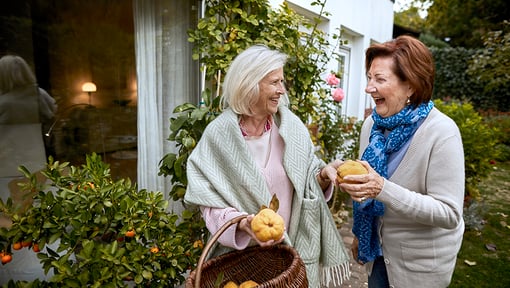
6 steps you can take to reconnect with others
Take time to reflect on your life. Do you feel lonely only rarely or a good deal of the time? How much time do you spend alone compared to spending time with others?
Are you happy with the quality and closeness of your relationships? Do you feel you have a decent-sized circle of family and friends who care deeply about you?
If you find that isolation and loneliness are your norm, consider taking these steps:
1. Push past “pandemic mode”
Isolating at home became a routine habit for millions over the 2-plus years of the pandemic. Changing any habit, once it’s ingrained, may be easier said than done.
If you are too used to spending most days and nights alone, find small ways to reconnect with others. This can help you jump start a new habit of engaging with others.
Make plans with family and friends, acquaintances, or neighbors just one day a week. Agree to meet a friend for a walk, coffee, or meal. Or catch up by phone or Zoom with family and friends who live far away.
Once you get out there, you might enjoy yourself so much, you’ll want to spend more time hanging out with friends and making new ones. (You can still protect your health by masking and using hand sanitizer during flu season.)

2. Find ways to meet new people
If your circle of friends has grown smaller in recent years, it may be time to meet some new people. This is the first step to building—or rebuilding—a solid circle of close friends.
If you belong to a church or religious organization, check to see if it hosts any group activities. Or search online for a group that participates in an activity you love or would like to try. Maybe a hiking, biking, or bowling club?
You can meet and interact with new people online, too. You could join an online book or chess club or take a cooking class. Or maybe you’ve always wanted to learn a new language or musical instrument—you can do that either in person or online. Trying new hobbies is a great way to meet and connect with new people.
Another avenue for meeting and connecting with new people? Volunteer for a cause you care about. You might help at a local food pantry, homeless shelter, or animal rescue group. These are just a few ways to meet and get to know people who share common values.
If you’re more of an introvert and prefer engaging one-on-one or in a small group, invite just one or two folks to meet. Go to dinner or a movie or set up a time to take a walk.
Do you long to move past small talk and have deeper, more meaningful conversations with others? Click here to learn how.
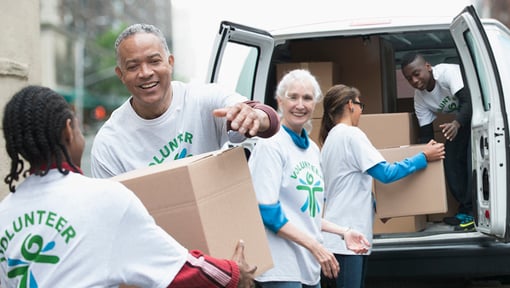
3. Forge close friendships that last
Keep in mind that the goal of meeting new people is not to acquire dozens of acquaintances. The goal is to meet enough new folks you can engage with to help build your social circle. This newly built social circle can then help pave the road to forming a handful of deep, supportive friendships.
To help develop close, lasting friendships, make sure the new people click with you and are:
- Open to sharing about themselves
- Trusting and trustworthy
- Willing to listen to you with full, undivided attention
- Curious about you and care about what you think, feel, and say
- Don’t judge you or try to change you
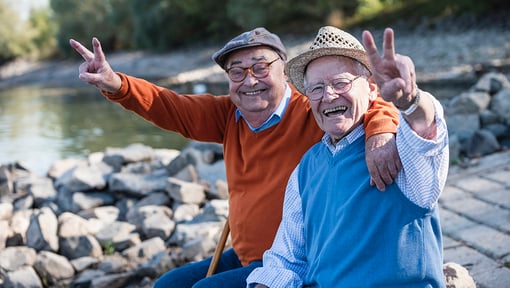
4. Cut back on solo screen time
Do you live alone and spend most evenings streaming Netflix or scrolling on social media? If so, try to spend less time in front of a screen and more time with friends and family.
Cut out 30 minutes each day in front of the TV, laptop, or your cell phone. Deliberately use that time instead to call or meet with a close friend or family member. The one exception to cutting back on screen time is if you’re using it to connect with friends or family members via an online tool like Zoom or FaceTime.
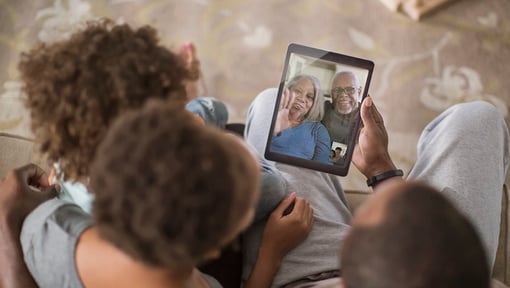
5. Find support if you are grieving a loss
The loss of a spouse, friend, or family member becomes more common with age. And the grieving process may cause you to withdraw from others.
Taking time by yourself to grieve is healthy and normal. But reaching out to people for support can also help you cope. Although lost loved ones are irreplaceable, it’s critical to forge new relationships with others that fill the gap left by those who are no longer here.
Gain insight on how to support the healing process when an adult child cuts ties.
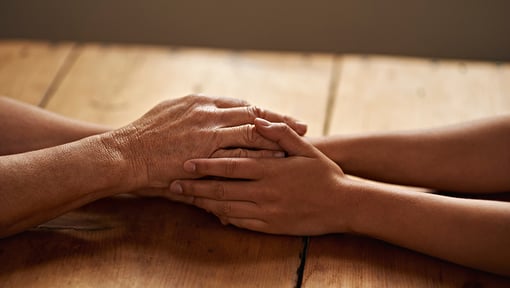
6. Build skills that foster healthy relationships
Finally, curbing loneliness and building healthy relationships may be easier when you develop certain life skills. Cultivating greater empathy, kindness, open communication, emotional intelligence, and self-esteem are key to helping you connect with others in a deeper, more meaningful way.
So, if you are experiencing loneliness and isolation, think about taking steps to curb them. When you embrace others—by building loving, close bonds—you embrace life—a life more likely to be rich in health, happiness, and longevity.

Not a Silver&Fit® member? Learn more about everything the program has to offer, including more helpful healthy living tips like this, here on our website.
This information is not intended to take the place of regular medical care or advice. Please check with your doctor before using this information or beginning any self-care program. Images used for this article do not depict any members of the Silver&Fit Program.
References
Card, K. G. (2023, May 12). Seven guidelines for healthy social connection. Greater Good Magazine. https://greatergood.berkeley.edu/article/item/seven_guidelines_for_healthy_social_connection
Centers for Disease Control and Prevention. (2024, March 26). Health Effects of Social Isolation and Loneliness. https://www.cdc.gov/social-connectedness/risk-factors/index.html
Cudjoe, T. K. M., Roth, D. L., Szanton, S. L., Wolff, J. L., Boyd, C. M., & Thorpe, R. J., Jr. (2018). The epidemiology of social isolation: National health and aging trends study. Journals of Gerontology. Series B, Psychological Sciences and Social Sciences. 75(1), 107–113. https://doi.org/10.1093/geronb/gby037
Frank, D. (2017, November 29). The high price of social isolation. AARP. https://www.aarp.org/health/medicare-insurance/info-2017/isolation-higher-medicare-fd.html
Gee, N. R., Mueller, M. K., & Curl, A. L. (2017). Human-animal interaction and older adults: An overview. Frontiers in Psychology, 8, 1416. https://doi.org/10.3389/fpsyg.2017.01416
Hostinar, C. E. (2015). Recent developments in the study of social relationships, stress responses, and physical health. Current Opinion in Psychology, 5, 90–95. https://doi.org/10.1016/j.copsyc.2015.05.004
Mackenzie, C., & Abjulrazaq, S. (2019). Social engagement mediates the relationship between participation in social activities and psychological distress among older adults. Aging & Mental Health, 25(2), 299–305. https://doi.org/10.1080/13607863.2019.1697200
Robinson, L., Artley, A., Smith, M. A., & Seagal, J. (2023, February 28). Making good friends. HelpGuide.org. https://www.helpguide.org/articles/relationships-communication/making-good-friends.htm
Rook, K. S., & Charles, S. T. (2017). Close social ties and health in later life: Strengths and vulnerabilities. The American Psychologist, 72(6), 567–577. https://doi.org/10.1037/amp0000104
Rook, K. S. (2015). Social networks in later life: Weighing Positive and negative effects on health and well-being. Current Directions in Psychological Science. 24(1), 45–51. https://doi.org/10.1177/0963721414551364
Schwartz, E., & Litwin, H. (2017). Are newly added and lost confidants in later life related to subsequent mental health? International Psychogeriatrics, 29(12), 2047–2057. https://doi.org/10.1017/S1041610217001338
Seaward, B. L. (2018). Managing stress: Principles and strategies for health and well-being (9th edition). Jones and Bartlett Learning.
Shankar, A., McMunn, A., Demakakos, P., Hamer, M., & Steptoe, A. (2017). Social isolation and loneliness: Prospective associations with functional status in older adults. Health Psychology, 36(2), 179–187. https://doi.org/10.1037/hea0000437
Taylor, H. O., Taylor, R. J., Nguyen, A. W., & Chatters, L. (2018). Social isolation, depression, and psychological distress among older adults. Journal of Aging and Health, 30(2), 229–246. https://doi.org/10.1177/0898264316673511
Suttie, J. (2023, May 16). How feeling socially connected can help with chronic pain. Greater Good Magazine. https://greatergood.berkeley.edu/article/item/how_feeling_socially_connected_can_help_with_chronic_pain
U.S. Department of Health and Human Services, Office of the U.S. Surgeon General. Let’s plant the seeds of change. https://www.hhs.gov/surgeongeneral/priorities/connection/resources/index.html
U.S. Department of Health and Human Services, Office of the U.S. Surgeon General. (2023). Our epidemic of loneliness and isolation: The U.S. Surgeon General’s advisory on the healing effects of social connection and community. https://www.hhs.gov/sites/default/files/surgeon-general-social-connection-advisory.pdf
Yang, Y. C., Boen, C., Gerken, K., Li, T., Schorpp, K., & Harris, K. M. (2016). Social relationships and physiological determinants of longevity across the human life span. Proceedings of the National Academy of Sciences, 113(3), 578–583. https://doi.org/10.1073/pnas.1511085112
This article was written by Gail Olson, edited by Kimberley Reynolds, and clinically reviewed by Elizabeth Thompson, MPH, RDN.


